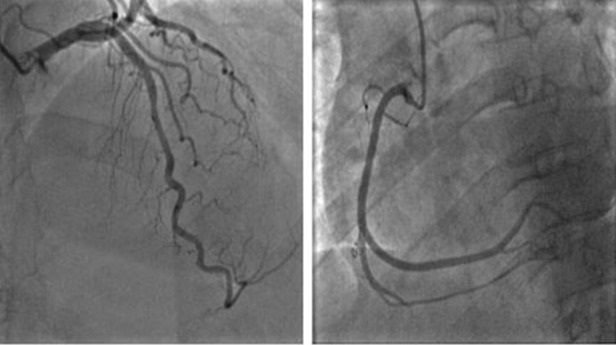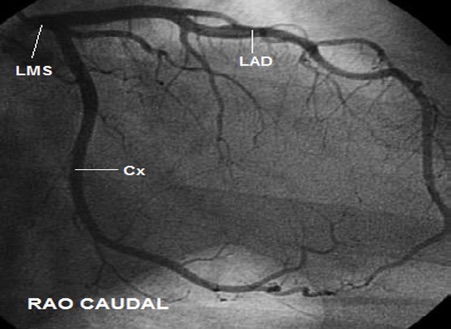Invasive Coronary Angiogram
A coronary angiogram is a procedure that uses X-ray imaging to see your heart's blood vessels. The test is generally done to see if there's a restriction in blood flow going to the heart muscle. This is usually performed through wrist or groin blood vessels under local anaesthetic..
Indications:
Your doctor may recommend that you have a coronary angiogram if you have:
- Symptoms of coronary artery disease, such as chest pain (angina)
- Pain in your chest, jaw, neck or arm that can't be explained by other tests
- New or increasing chest pain (unstable angina)
- A heart defect you were born with (congenital heart disease)
- Abnormal results on a noninvasive heart stress test
- Other blood vessel problems or a chest injury
- A heart valve problem that requires surgery
Risks:
As with most procedures done on your heart and blood vessels, a coronary angiogram has some risks, such as radiation exposure from the X-rays used. Major complications are rare, though. Potential risks and complications include:
- Heart attack
- Stroke
- Injury to the catheterized artery
- Irregular heart rhythms (arrhythmias)
- Allergic reactions to the dye or medications used during the procedure
- Kidney damage
- Excessive bleeding
- Infection
Results:
- Show how many of your coronary arteries are blocked or narrowed by fatty plaques (atherosclerosis)
- Pinpoint where blockages are located in your blood vessels
- Show how much blood flow is blocked through your blood vessels
- Check the results of previous coronary bypass surgery
- Check the blood flow through your heart and blood vessels
Knowing this information can help your doctor determine what treatment is best for you. Based on your results, your doctor may decide, for instance, that you would benefit from having coronary angioplasty or stenting to help clear clogged arteries or you may need coronary artery bypass surgery (CABG). It's also possible that angioplasty or stenting could be done during your angiogram to avoid needing another procedure.



